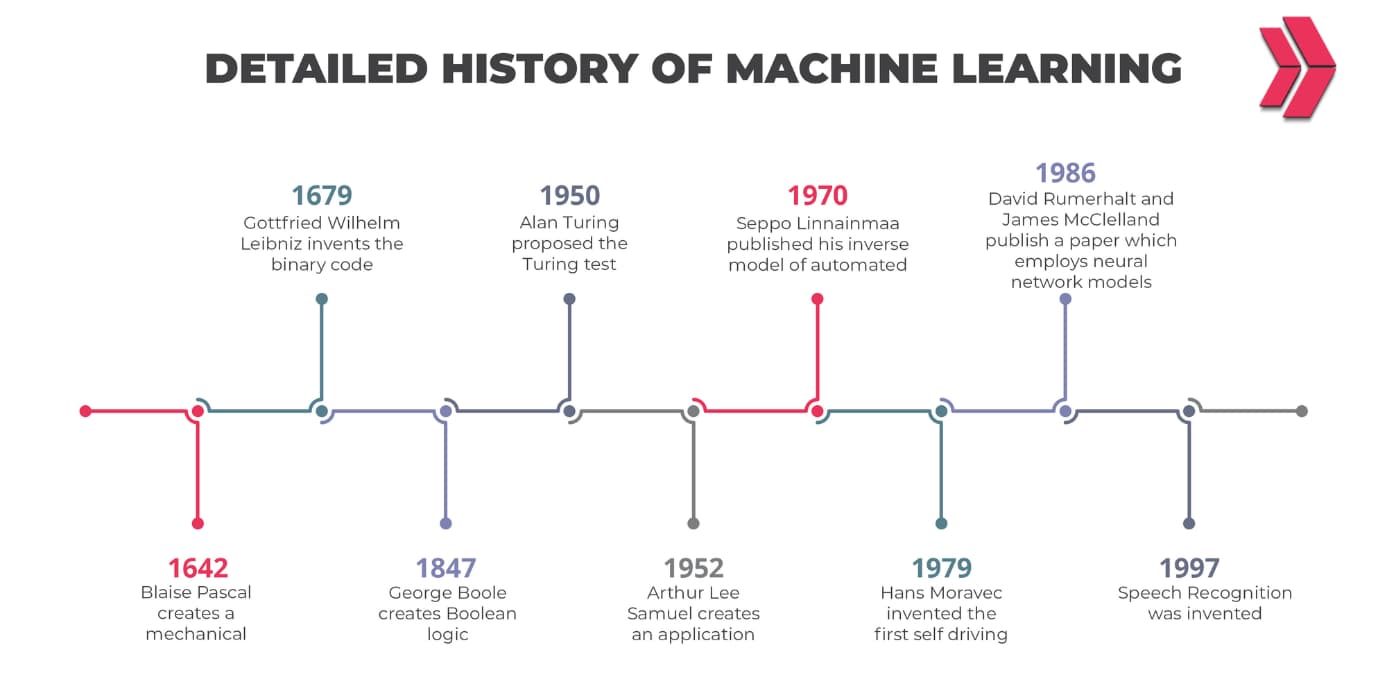Starting a career in Data Science can seem challenging, especially without prior experience. However, with the right steps to learn essential skills, understand foundational concepts, and prepare for real-world applications, anyone can break into this field.
The demand for data scientists is soaring. According to the New Vantage Partner report, 83.9% of organizations plan to increase their investments in data and analytics. Additionally, the U.S. Bureau of Labor Statistics projects a 36% growth in data scientist jobs between 2021 and 2031, significantly outpacing most other professions. These statistics highlight the immense opportunities in this field and the value of preparing to meet industry needs.
By following a clear path to learn programming, understand data principles, and build practical experience, you can position yourself for success in one of today’s fastest-growing careers.
What Is Data Science and Why Should You Consider It?
Data Science is a field focused on analyzing, modeling, and deriving insights from data to solve real-world problems. It combines skills in programming, statistics, and machine learning to help organizations make data-driven decisions.

The demand for data scientists continues to grow rapidly. 83.9% of organizations plan to increase their investments in data and analytics, according to the New Vantage Partner report. Furthermore, the U.S. Bureau of Labor Statistics projects that data scientist jobs will grow by 36% between 2021 and 2031, much faster than the average for other occupations. These numbers show the immense potential and job security within the field of Data Science.
What are the Steps to Start a Career in Data Science?
Here are the 9 steps to start a career in data science:
- Learn the Basics of Programming
- Understand Core Math and Statistics
- Choose a Data Science Role
- Learn Data Manipulation Tools
- Explore Machine Learning Basics
- Take a Data Science Course
- Work on Projects
- Build Communication Skills
- Network and Apply for Jobs

1. Learn the Basics of Programming
Programming skills are fundamental. Start with Python or R, as they are popular and widely used. Python, in particular, is beginner-friendly and versatile. Practice basic coding tasks to build confidence.
2. Understand Core Math and Statistics
Basic math skills can take you far in Data Science. Focus on:
- Descriptive statistics (mean, median, mode).
- Probability basics.
- Linear algebra for understanding machine learning.
- Basic calculus (optional for beginners).
3. Choose a Data Science Role
Identify a role that matches your interests. Common roles include:
- Data Analyst: Works on analyzing and visualizing data.
- Data Scientist: Focuses on predictive modeling and problem-solving.
- Data Engineer: Develops and maintains data pipelines.
4. Learn Data Manipulation Tools
Master tools for handling and analyzing data. Start with:
- Excel: For initial data manipulation and visualization.
- SQL: To query and manage databases.
- Pandas: A Python library for advanced data analysis.
5. Explore Machine Learning Basics
Machine learning is a core part of Data Science. Start with simple algorithms like:
- Linear regression.
- Logistic regression.
- Decision trees.
Use Python libraries like Scikit-learn to implement these algorithms.
6. Take a Data Science Course
Enroll in online courses from platforms like Coursera, edX, or attend bootcamps. These structured programs cover topics like programming, data visualization, and machine learning.
7. Work on Projects
Apply your skills through hands-on projects. Example projects include:
- Analyzing customer sales data.
- Predicting housing prices.
- Segmenting customer groups using clustering techniques.
Use public datasets from sources like Kaggle or Google Dataset Search to build your portfolio.
8. Build Communication Skills
Effective communication is vital. Learn to present data insights clearly using tools like Tableau, Power BI, or Python visualization libraries like Matplotlib and Seaborn.
9. Network and Apply for Jobs
Connect with professionals through LinkedIn and attend webinars or meetups. Tailor your resume to showcase your skills and projects, and start applying for entry-level roles or internships.
Conclusion
Starting a career in Data Science in 2024 is achievable with focus and a step-by-step approach. Equip yourself with essential skills, gain hands-on experience through projects, and connect with the Data Science community. To further enhance your knowledge and skills, consider enrolling in a comprehensive data analytics course that can provide you with the foundational expertise needed to thrive in this exciting and rewarding field. With determination and practice, you can build a successful career in data science.
FAQs
Can I start a career in Data Science without prior experience?
Yes, many professionals have successfully transitioned into Data Science without prior experience. Start by building foundational skills in programming, statistics, and data analysis. Work on hands-on projects to showcase your abilities. For more detail you can read our article titled “Can An Average Student Become A Bright Data Scientist in 2024?“
What programming languages should I learn for Data Science?
Python and R are the most recommended programming languages for beginners in Data Science. They are versatile, widely used, and have robust libraries for data analysis and machine learning. For more information about programming languages, you can read our article titled “Top Data Science Programming Languages“.
What are the entry-level jobs in Data Science?
Entry-level roles include Data Analyst, Junior Data Scientist, and Business Analyst positions. These roles often require basic skills in data manipulation, visualization, and analysis, making them excellent starting points for those looking to break into data science jobs.
What is the first step to starting a Data Science career?
The first step is to understand what Data Science entails and why it matters. Building a strong foundation in programming and statistical concepts is crucial for anyone aspiring to enter the field of data science.




